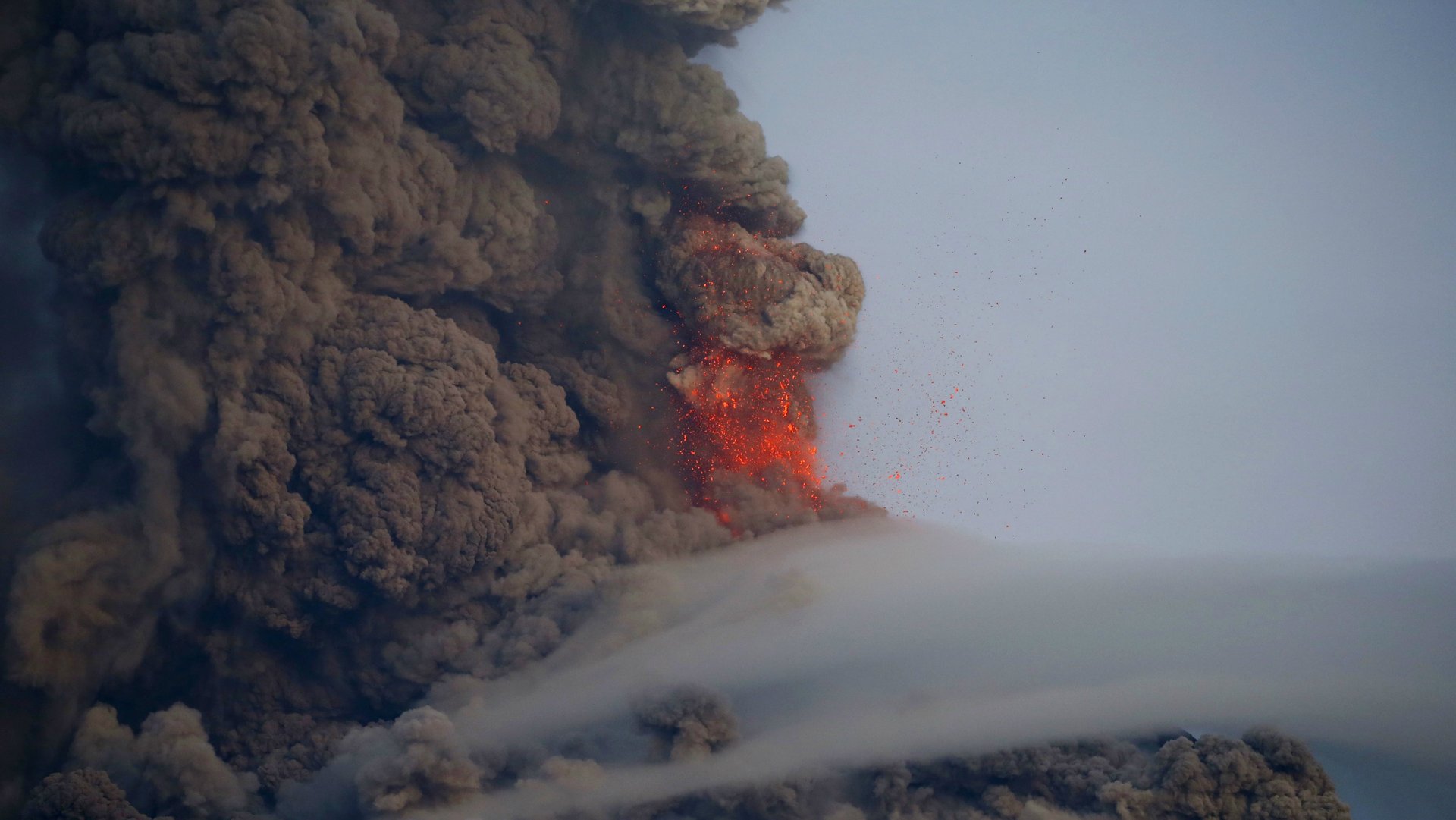Scientists are staring into crystals to try and predict volcanic eruptions
The Holy Grail of volcanic research is figuring out how to accurately predict an eruption. Using crystals found at the sites of active volcanoes, University of Queensland researcher Teresa Ubide and her team are making meaningful strides towards that goal.


The Holy Grail of volcanic research is figuring out how to accurately predict an eruption. Using crystals found at the sites of active volcanoes, University of Queensland researcher Teresa Ubide and her team are making meaningful strides towards that goal.
To date, their work has focused on Mount Etna, the highest and most active volcano in Europe, in the Sicilian region of Italy. Etna is just an eight-hour drive south of Mount Vesuvius, which in 79 CE erupted and buried the city of Pompeii in nearly 6 meters (20 ft) of hot ash, killing thousands in one of the world’s most infamous volcanic tragedies.
About one in every 10 people on the planet live within 100 km (62 miles) of an active volcano. If scientists like Ubide can figure out how to accurately tell that a volcano is about to erupt, there would be time for these people to evacuate an area and save lives.
So they’ve turned to crystals. More specifically, they’re using high-resolution imagery of clinopyroxene crystals, rock-forming minerals found in igneous rocks, and common in certain types of volcanoes, according to new research published in the journal Nature. Scientists can use their imaging tools to create timelines of previous volcanic activity based on the characteristics of the crystals found in the vicinity of a given volcano. The rocks essentially help tell the story of the volcano through the years, similar to the way tree trunk rings allow us to determine the age of the plant and some of the environmental factors it experienced through the years.
When new volcanic magma flows into an existing underground reservoir—usually about 30 km (18 miles) beneath a volcano—it triggers reactions in trachybasalt—a type of basalt rock—creating crystals. As those crystals cool, they leave a record of certain aspects of their immediate environment, including forming rings in response to the presence of magma. Using those rings, Ubide and her team are able to estimate the depth at which new magma is present and determine how soon a volcanic eruption might take place. They found that when new magma arrives at the 30 km depth, there’s a volcanic eruption within a couple of week about 90% of the time.
In theory, if researchers are able to extract basalt rocks from a particular volcano on a regular basis, analyze them, and note the changing nature of the crystals, it could provide a fuller picture of what’s happening geologically in the area. That, in turn, could help inform public safety officials in their work to keep communities around volcanic areas safer, bringing us one step close to making sure Pompeii never happens again.